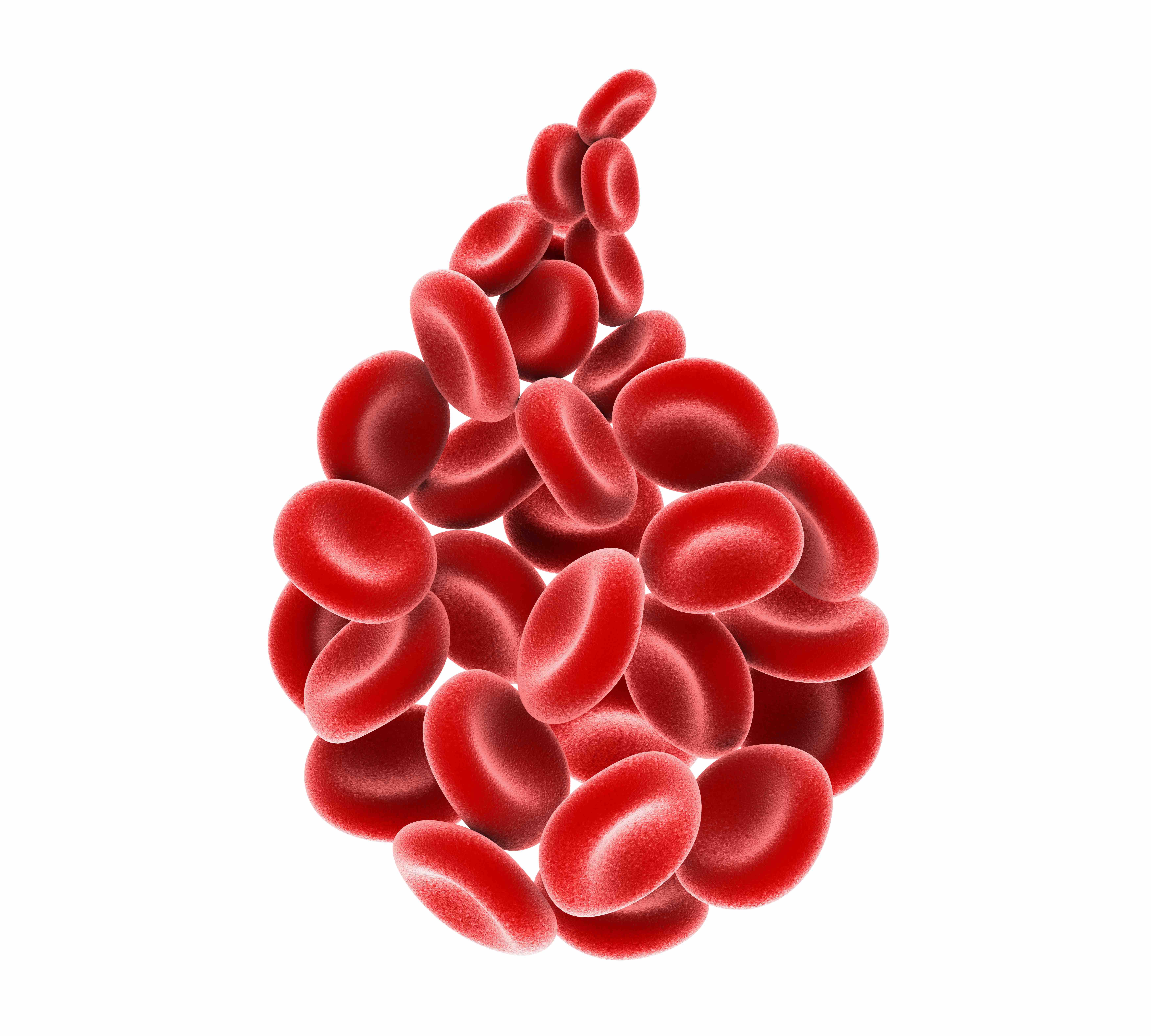As Second-Line Treatment in Early Relapse Myeloma, Cilta-Cel Produces Deep Responses
An early and deep response was seen with a single infusion of cilta-cel in patients with multiple myeloma who experienced early clinical relapse.

In patients with multiple myeloma who experienced early clinical relapse following initial therapy, a single infusion of ciltacabtagene autoleucel (cilta-cel) produced early and deep responses and encouraging minimal residue disease (MRD) negativity, according to data from cohort B of the phase 2 CARTITUDE-2 trial (NCT04133636).1
The findings, which were presented during the 2021 ASH Annual Meeting, showed that of the 13 patients who had MRD-evaluable samples at the 10-5 threshold, 92.3% (95% CI, 64.0%-99.8%) achieved negative status at the time of data cutoff.
At a median follow-up of 10.6 months, the CAR T-cell therapy elicited an objective response rate (ORR) of 95% (95% CI, 74.0%-99.9%). A complete response (CR) or better was achieved in 79% (95% CI, 54.4%-93.9%) of patients, and 90% (95% CI, 66.9%-98.7%) experienced a very good partial response (VGPR) or better.
The median time to first response to cilta-cel was 1.0 month (range, 0.9-2.6), and the median time to best response was 2.5 months (range, 0.9-11.8). Notably, the median duration of response (DOR) was not yet reached. Moreover, the 6-month progression-free survival (PFS) rate was 90% (95% CI, 64.1%-97.3%); at 12 months, this rate was 84% (95% CI, 57.9%-94.5%).
“The efficacy and safety profile of cilta-cel in these high-risk patients with myeloma who experienced early clinical relapse following initial therapy support the continued exploration of cilta-cel in earlier lines of treatment,” lead study author Niels Van de Donk, MD, PhD, of Amsterdam UMC, Vrije Universiteit Amsterdam, said in a poster presentation on the data.
Patients with multiple myeloma who experience early clinical relapse, despite treatment with proteasome inhibitors (PI), immunomodulatory drugs (IMiD), and monoclonal antibodies, have a median survival of less than 2 years.2 Van de Donk explained that this underscores an unmet need for novel and durable treatment strategies for this population.
The multicohort CARTITUDE-2 trial was launched to evaluate cilta-cel in earlier-line settings for patients with multiple myeloma. Data from the initial analysis of cohort B showed that at a median follow-up of 4.7 months, cilta-cel induced an ORR of 89%, with 28% of patients achieving a CR or better and 67% experiencing a VGPR or better. At the 2021 ASH Annual Meeting, investigators shared updated findings from cohort B.
Cohort B of the trial was comprised of patients with early relapse following initial therapy with a PI or an IMiD. Early relapse was defined as disease progression in 12 months or less following autologous stem cell transplant (ASCT), or the initiation of an anti-myeloma therapy for those who have not undergone transplant. Patients needed to be treatment-naïve to CAR T-cell and anti-BCMA therapies.
Study participants underwent a screening period that ranged from 1 to 28 days, followed by apheresis, and then bridging therapy, as needed. Patients then received lymphodepletion comprised of cytarabine at a daily dose of 300 mg/m2 in combination with fludarabine at 30 mg/m2 from days -5 to -3. On day 1, patients then received a single infusion of cilta-cel at a target dose 0.75 × 106 (0.5-1.0 × 106) CAR-positive viable T cells/kg.
Post-infusion assessments were conducted from day 1 to 100, and these looked at safety, efficacy, pharmacokinetic, pharmacodynamic, and biomarker data. From day 101 up to the end of the cohort, post-treatment assessments will be conducted.
The primary objective for cohort B of the CARTITUDE-2 trial was MRD 10-5 negativity, as assessed by next-generation sequencing. Secondary objectives included ORR, DOR, time and duration of MRD negativity, and incidence and severity of adverse effects.
At baseline, patients had a median age of 58 years (range, 44-67), and 73.7% were male. Additionally, 10.5% of patients had extramedullary plasmacytomas, 21.1% had bone marrow plasma cells greater than 60%, and 15.8% had a high-risk cytogenetic profile with tumors harboring del17p. All 19 patients received 1 prior line of therapy. Just under 80% (78.9%) of patients previously underwent ASCT.
Moreover, 21.1% of patients were triple-class exposed, and 15.8% were triple-class refractory. No patients were penta-drug exposed or refractory. Additionally, 78.9%, 31.6%, 15.8%, and 10.5% were refractory to lenalidomide (Revlimid), bortezomib (Velcade), daratumumab (Darzalex), and thalidomide (Thalomid), respectively. Overall, 78.9% of patients were refractory to their last line of therapy. The median time from initial diagnosis to trial enrollment was 1.15 years (range, 0.5-1.9).
The safety profile for cilta-cel was manageable, according to Van de Donk. The incidence of initial grade 3 or 4 cytopenias that did not recover to grade 2 or less by day 60 was 16% for thrombocytopenia and 11% for lymphopenia and neutropenia.
Additionally, cytokine release syndrome (CRS) was reported by 84% of patients, with 1 patient (5%) experiencing a grade 4 event. The median time to CRS was 8 days (range, 5-11), with a median duration of 3.5 days (range, 1-7). Notably, 63% of patients received tocilizumab (Actemra) to manage this effect, and CRS resolved in all patients.
Moreover, 1 patient experienced grade 1 immune effector cell–associated neurotoxicity syndrome; the time to onset of this effect was 11 days and the duration was 4 days. One patient experienced grade 3 movement and neurocognitive treatment-emergent toxicities; the patient presented with bradykinesia, bradypsychia, cognitive impairment, encephalopathy, gait disturbance, and motor dysfunction on day 38 following cilta-cel infusion.
Van de Donk noted this patient had multiple risk factors associated with the development of these toxicities.
“He was treated with high-dose methylprednisolone, plasmapheresis, and intravenous immunoglobulin. This patient is neurologically stable, with some improvement, and has since achieved CR to cilta-cel,” Van de Donk said. “Overall, implementation of patient management strategies across the CARTITUDE program has reduced the incidence and severity of movement and neurocognitive TEAEs.”
One patient died following infusion of the CAR T-cell therapy; the death occurred on day 158 and it was because of disease progression.






